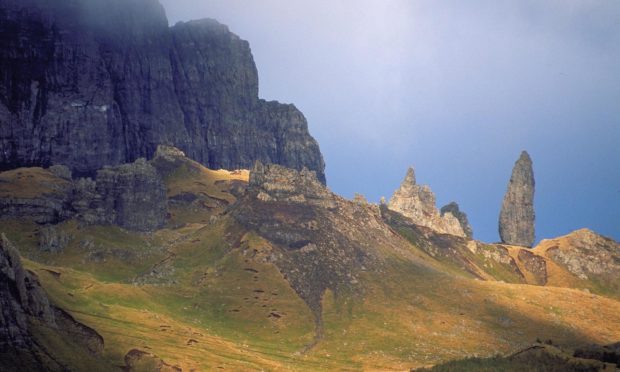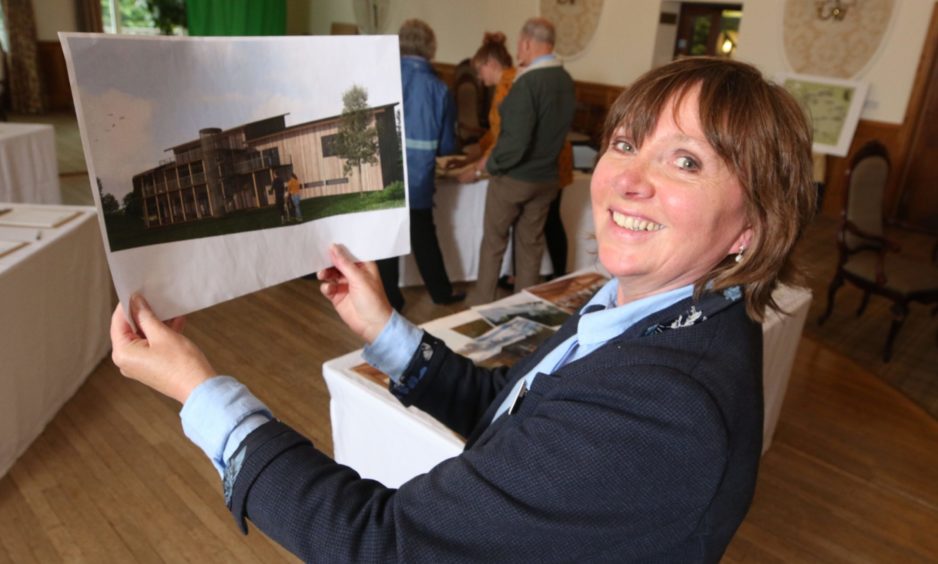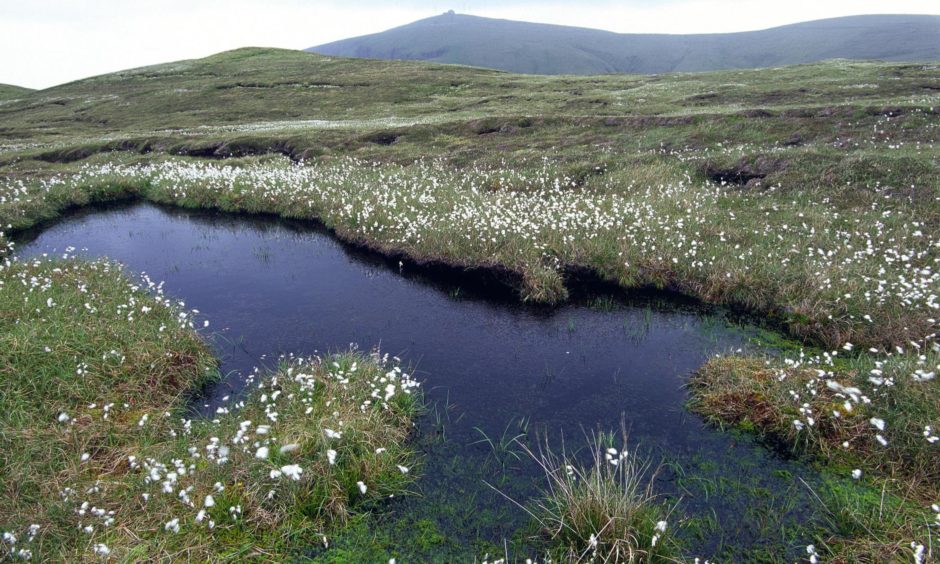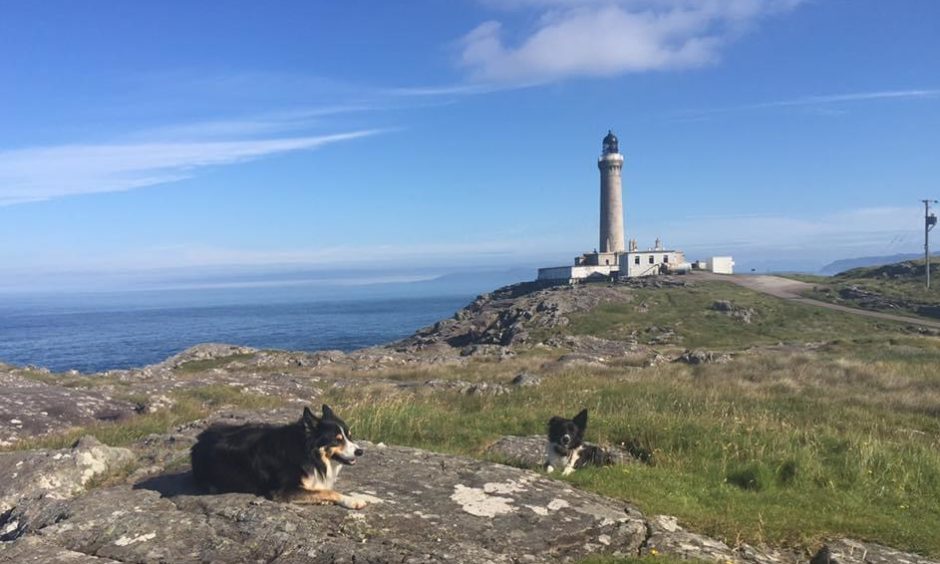Visitor facilities are to be improved at four sites in the Highlands and Islands promoting the area’s scenery, wildlife and culture after a £2.6 million award from Europe.
Among the beneficiaries will be popular attractions such as the Old Man of Storr and the Quiraing in Skye, which have been under severe pressure from growing numbers of tourists.
Other projects include a heritage and tourism network in the Ardnamurchan peninsula, a new visitor centre at the Highland Wildlife Park at Kincraig and a historic route around the Hermaness National Nature Reserve on Unst.
The money from the European Regional Development Fund (ERDF), managed by the Scottish Government, has been awarded through the Natural Cultural and Heritage Fund, led by NatureScot, to improve visitor experience and support rural jobs.
It follows £5 million for nine projects announced in December 2019.
Fergus Ewing, the cabinet secretary for rural economy and tourism, said: “The range of projects underlines the diverse attractions we know will continue to drive job opportunities and increase visitor numbers.”
NatureScot chief executive Francesca Osowska added: “Nature and culture are intrinsically linked in the beautiful Highlands and Islands.
“They are central to local economies and help maintain rural populations, jobs and skills, especially at a time when a green recovery from the pandemic is so important.”
The Outdoor Access Trust for Scotland (OATS) has been awarded £748,954 for new interpretation, promotion and marketing of Skye’s Iconic Natural Heritage Sites Project to help a wider and more diverse range of people access the sites.
This includes path and habitat rehabilitation to help sustain the sites.
Dougie Baird, CEO of OATS, said: ‘’The project comes as a direct result of the exponential rise in visitor numbers to Skye and an infrastructure struggling to cope.
“It will provide a three pronged approach to managing the increasing levels of visitors to these remote and iconic sites; providing improvements to infrastructure, a co-ordinated visitor interpretation programme and habitat restoration for these badly damaged scheduled habitats.
“The project not only aims to achieve sustainable management of these remote natural heritage attractions so they can thrive under the increased pressure for years to come, but also to greatly improve the visitor experience within the wider context of Skye as a visitor destination.”
The Royal Zoological Society of Scotland has received £980,000 towards Scotland’s Wildlife Discovery Centre at the Highland Wildlife Park.
Plans for exhibition and education space, café, function room and shop, were shown to local people in 2019.
Daska Mackintosh, the parks’ head of operations and visitor services, said: “We are thrilled to have been awarded this funding which will allow our charity to create a brand-new visitor centre, providing an exciting space to engage with the public and showcase some amazing Scottish biodiversity and the native species that need our help.”
Archaeology Scotland receives £306,844 for the Real Wild West Adopt-a-Monument scheme, supported by Historic Environment Scotland.
This will develop a heritage and tourism network and strategy, as well as interpretation at important sites, a trail through west Ardnamurchan, and improve access and maintenance of ten heritage sites.
And an award of £541,718 goes to the Hermaness Hill Path and Welcome Area where NatureScot will install 1,940 metres of recycled plastic boardwalk to reinstate the historic route to Muckle Flugga lighthouse signalling station on Unst in Shetland.
This will create a circular route around Hermaness National Nature Reserve, while protecting fragile blanket bog and rare nesting birds.
A shelter will also be installed housing interpretation to accommodate an increasing number of visitors.
The UK Government plans to replace the EU structural funding programme with the UK Shared Prosperity Fund and it is hoped funding will be devolved for a Scottish version.



